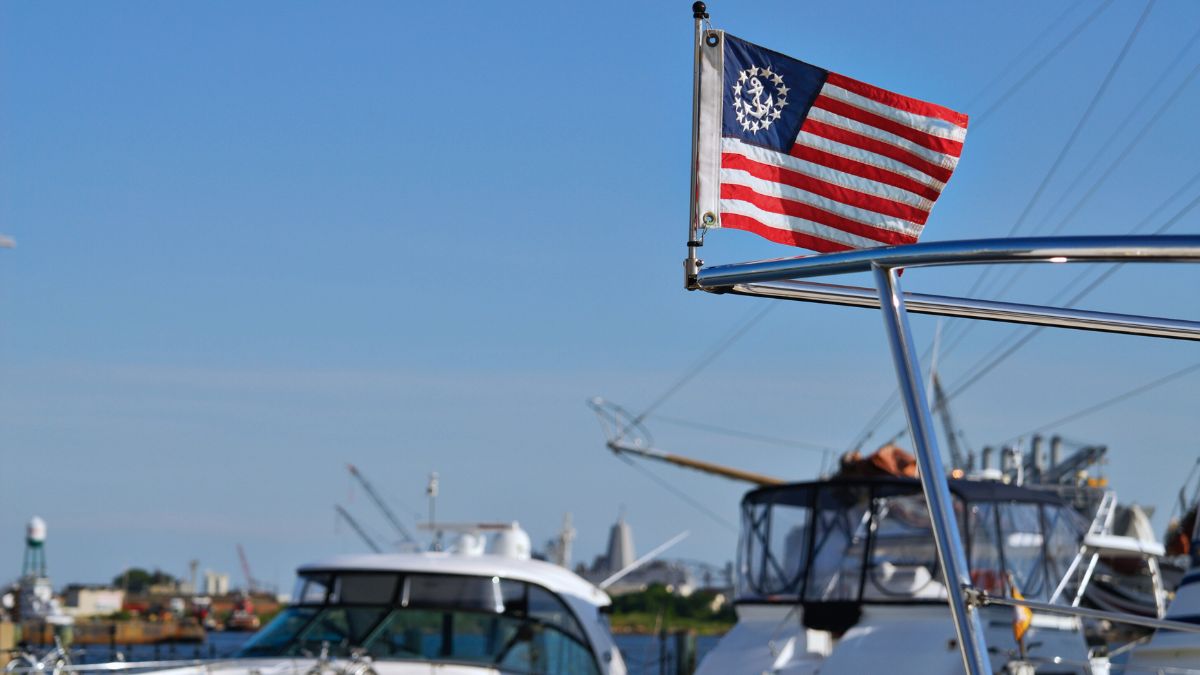On 10 April 2025, U.S. President Donald Trump announced a 90-day suspension on the implementation of most newly proposed tariffs, including the high-profile 20 percent reciprocal tariff on European Union (EU) exports to the United States.
On April 2, 2025, the U.S. government announced tariffs on European exports, including a 20% tariff on goods entering the U.S. from the European Union. This measure aims to address ongoing trade imbalances but could disrupt the yachting industry, particularly affecting European yacht manufacturers and American buyers.
Implications for Yacht Buyers and European Shipyards
A reciprocal tariff could increase the cost for U.S. buyers of European yachts, leading to higher prices. This may reduce demand or shift interest toward non-European markets. European shipyards, especially small businesses, could face financial strain, and the brokerage sector may see reduced transactions.
European Boating Industry Responds to Tariffs
The European Boating Industry (EBI) has voiced strong opposition, warning that these tariffs could harm businesses on both sides of the Atlantic and disrupt job markets. The global yacht industry, closely tied between Europe and North America, faces significant challenges with these new trade restrictions.
Will Tariffs Affect Yacht Ownership for U.S. Buyers?
While new tariffs may increase the final price of yachts for U.S. clients, they won’t impact ownership structures or foreign-flagged yachts. However, the higher costs might lead to delays or canceled transactions, with some buyers opting to pause purchases until the market stabilizes.
Long-Term Effects on Global Trade and the Yachting Industry
The tariffs are part of broader U.S. trade policies aimed at protecting American interests. They could hurt small to medium-sized enterprises (SMEs) across the global yachting supply chain, which may face rising operational costs and fewer orders from the U.S. market.




